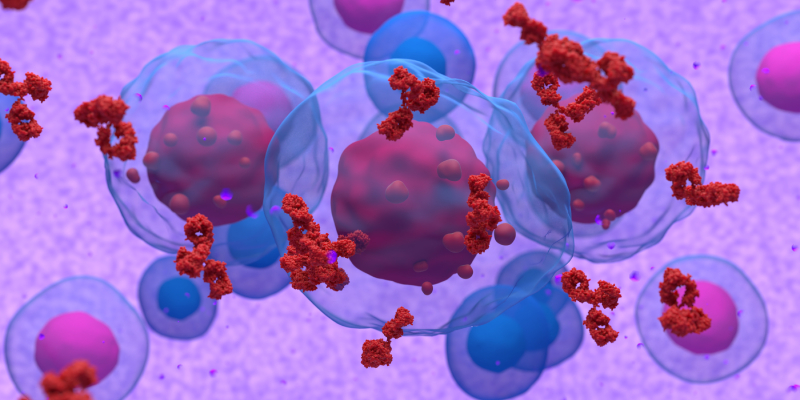
A new study “strongly suggests” that 1q gains in microclones may be missed during diagnostic analyses of patients with multiple myeloma (MM).
Romain Lannes, PhD, of the Institut Universitaire du Cancer de Toulouse Oncopole in France, and colleagues conducted the research.
It was important to conduct the study because copy number abnormalities can impact outcomes in patients with MM, but the presence of microsubclones in patients with MM “may be missed in bulk analyses,” Dr. Lannes and colleagues wrote.
They used single-cell genomics to determine how often these “high-risk events are missed at diagnosis and selected at relapse.”
Dr. Lannes and colleagues analyzed samples from 81 patients with plasma cell dyscrasias by using single-cell sequencing of copy number abnormalities. They analyzed samples from 66 patients at diagnosis, nine at their first relapse, and six patients in presymptomatic stages. The researchers also retrospectively identified 956 patients who were newly diagnosed with MM or in their first MM relapse and had the required cytogenetic data available for analysis.
Dr. Lannes and colleagues analyzed 52,176 MM cells, finding that 74 of the 81 patients (91%) had two to 16 subclones. Of those 74 patients, 28.7% had del(17p), del(1p32), or 1q gain at diagnosis.
They analyzed a series of samples from a patient with subclonal 1q gain at diagnosis, finding that the high-risk 1q gain subclone was present in 16% of the patient’s diagnostic samples, 70% of their postinduction samples, and 92% of their first relapse samples.
Using their clinical database, Dr. Lannes and colleagues found the 1q gain frequency increased from 30.2% at diagnosis to 43.6% at relapse (odds ratio, 1.78; 95% CI, 1.58-2.00).
“We subsequently performed survival analyses, which showed that the progression-free and overall survival curves were superimposable between patients who had the 1q gain from diagnosis and those who seemingly acquired it at relapse,” Dr. Lannes and colleagues concluded. “This strongly suggests that many patients had 1q gains at diagnosis in microclones that were missed by bulk analyses.”
Reference
Lannes R, Samur M, Perrot A, et al. In multiple myeloma, high-risk secondary genetic events observed at relapse are present from diagnosis in tiny, undetectable subclonal populations. J Clin Oncol. 2023;41(9):1695-1702. doi:10.1200/JCO.21.01987






 © 2025 Mashup Media, LLC, a Formedics Property. All Rights Reserved.
© 2025 Mashup Media, LLC, a Formedics Property. All Rights Reserved.